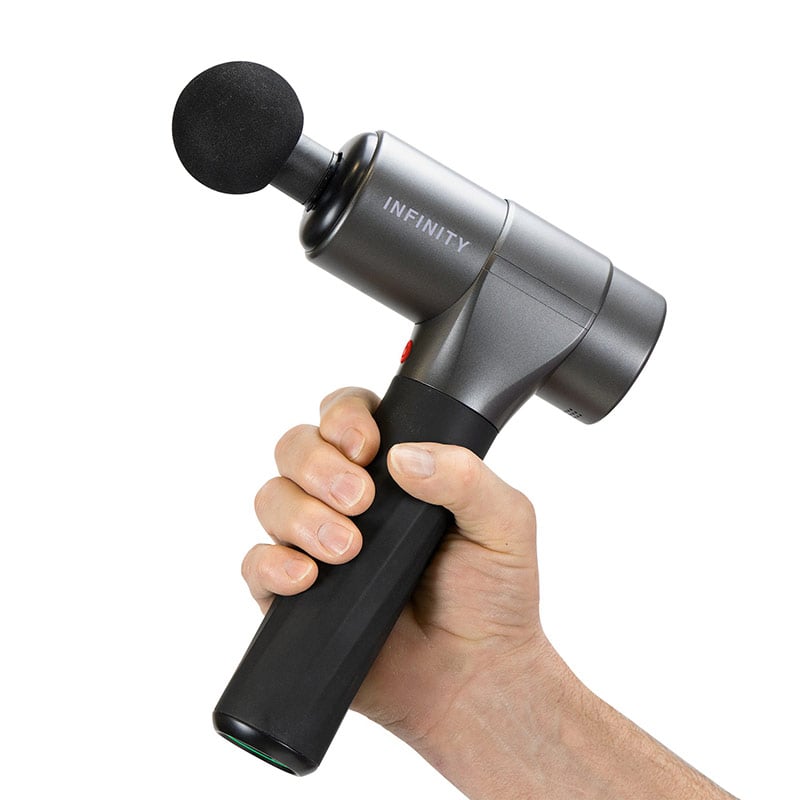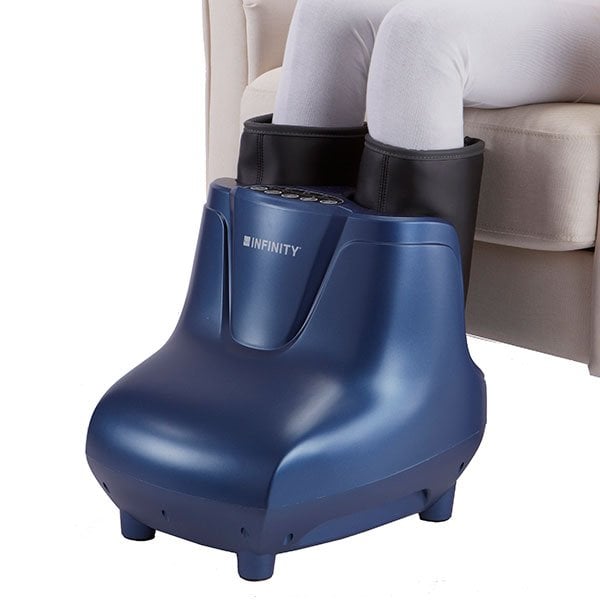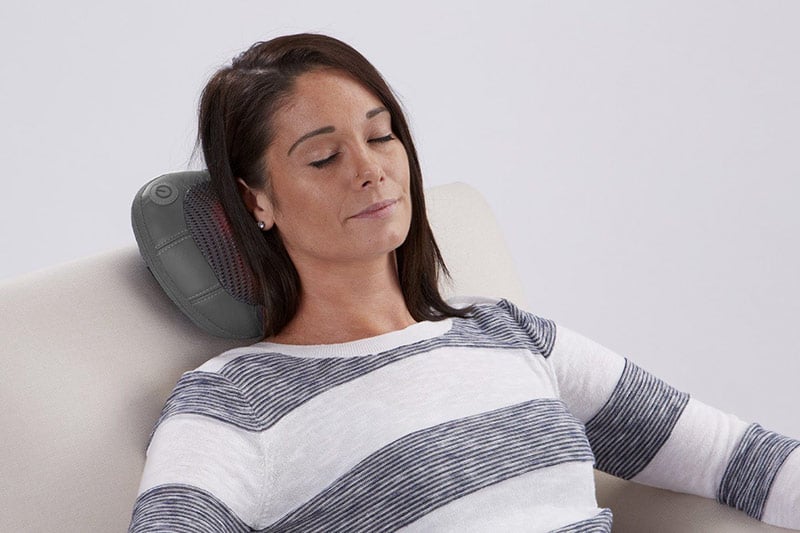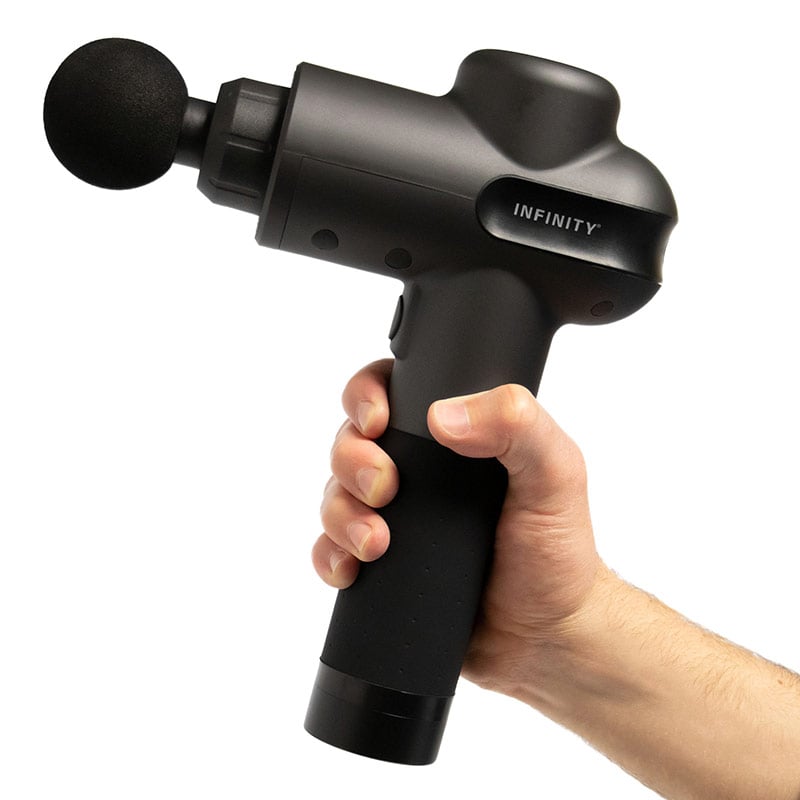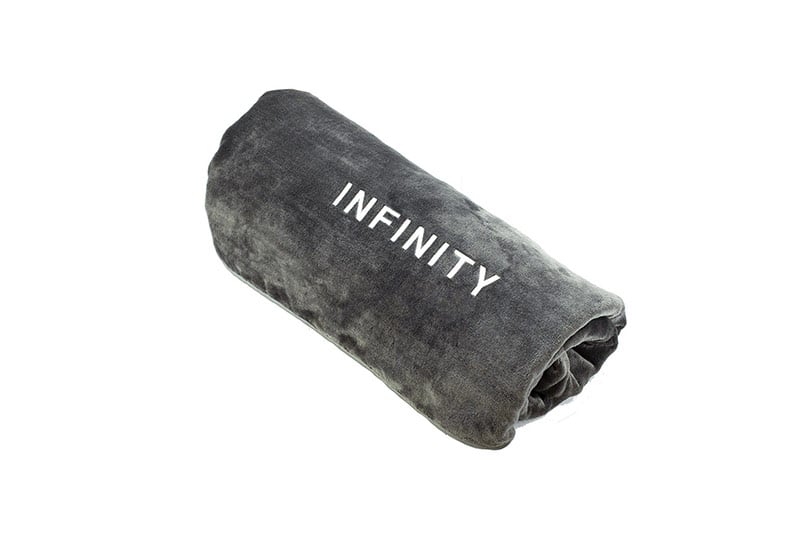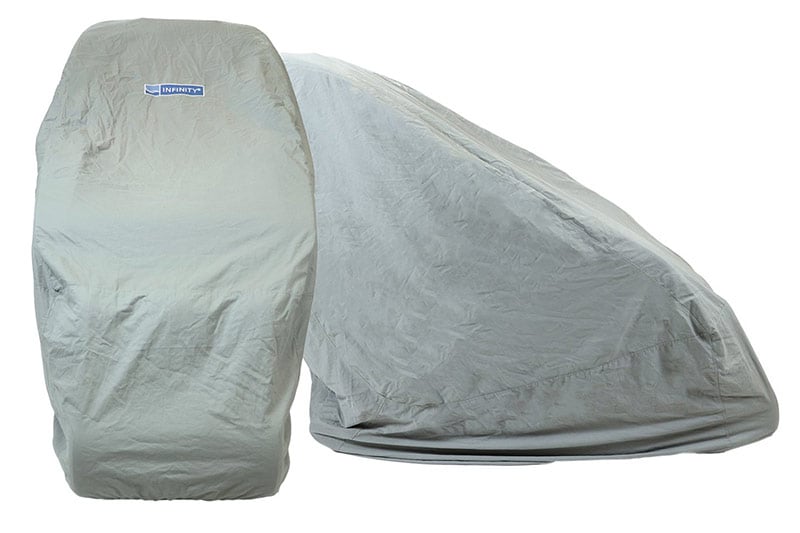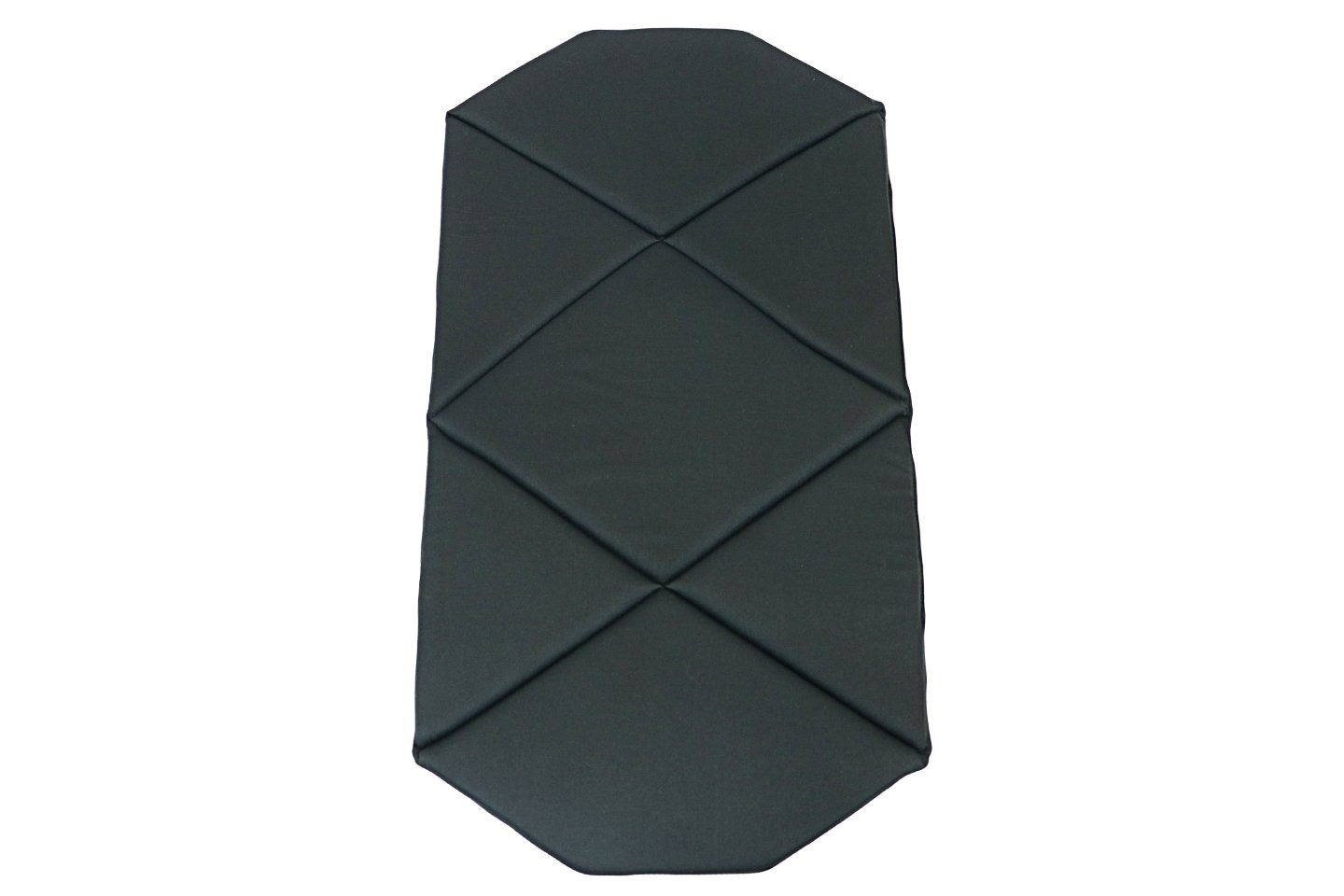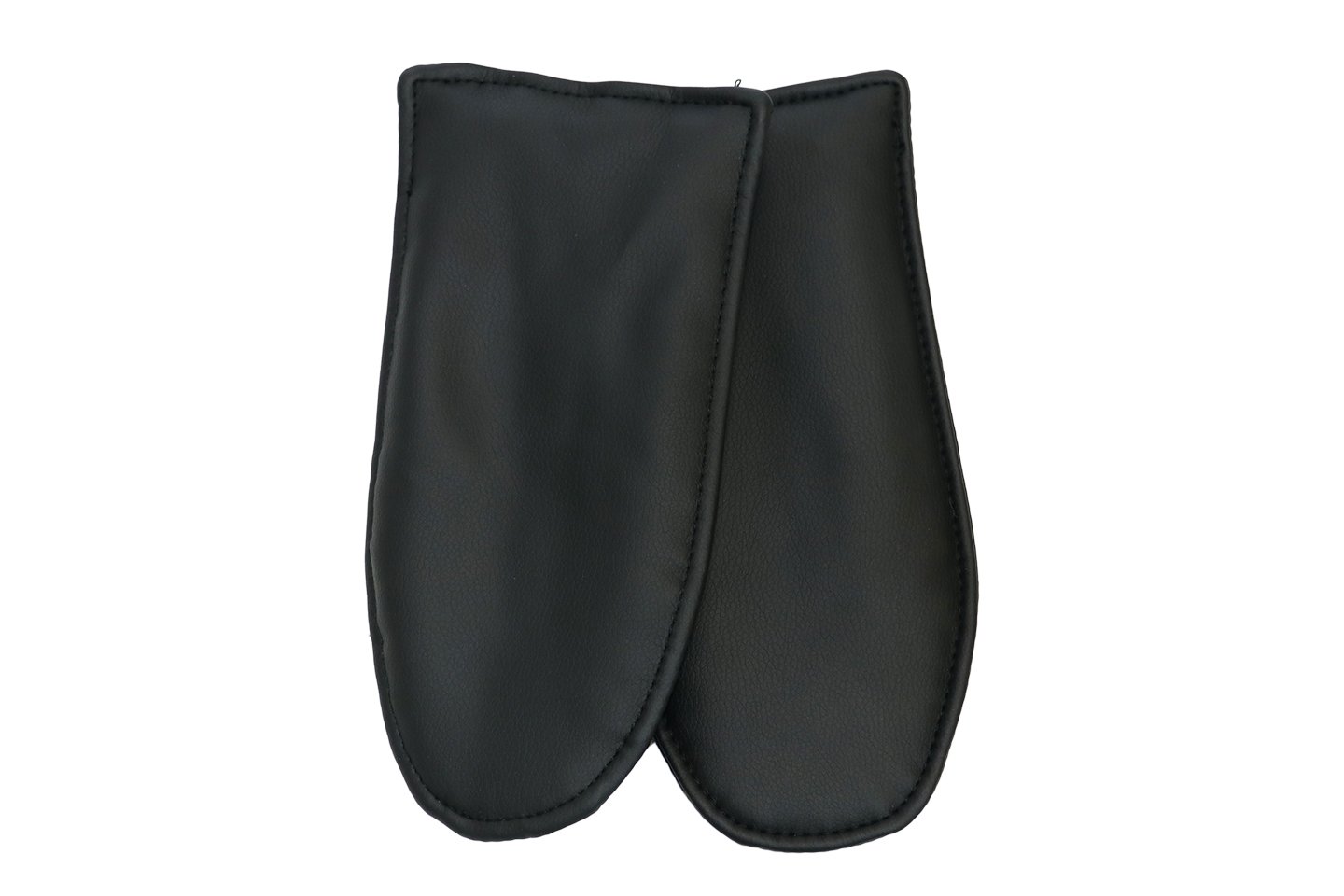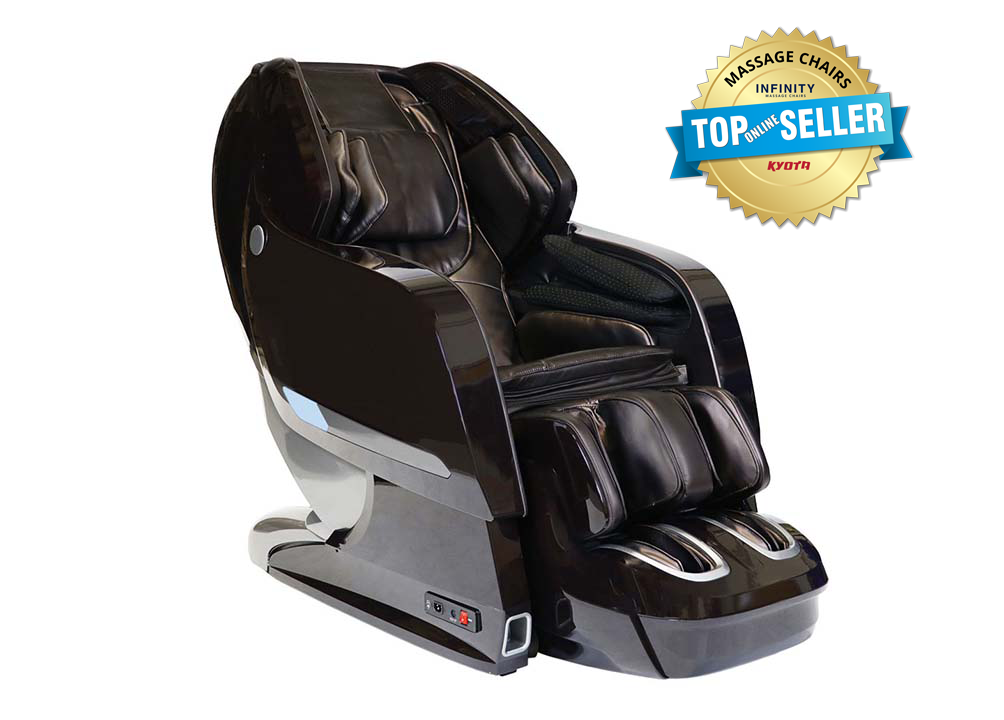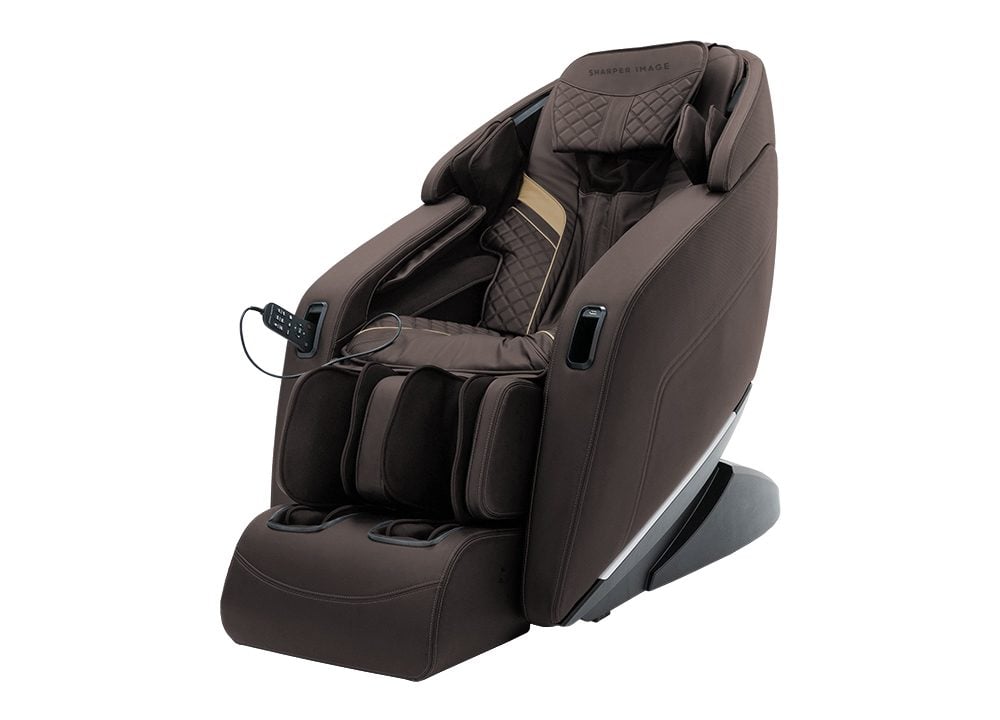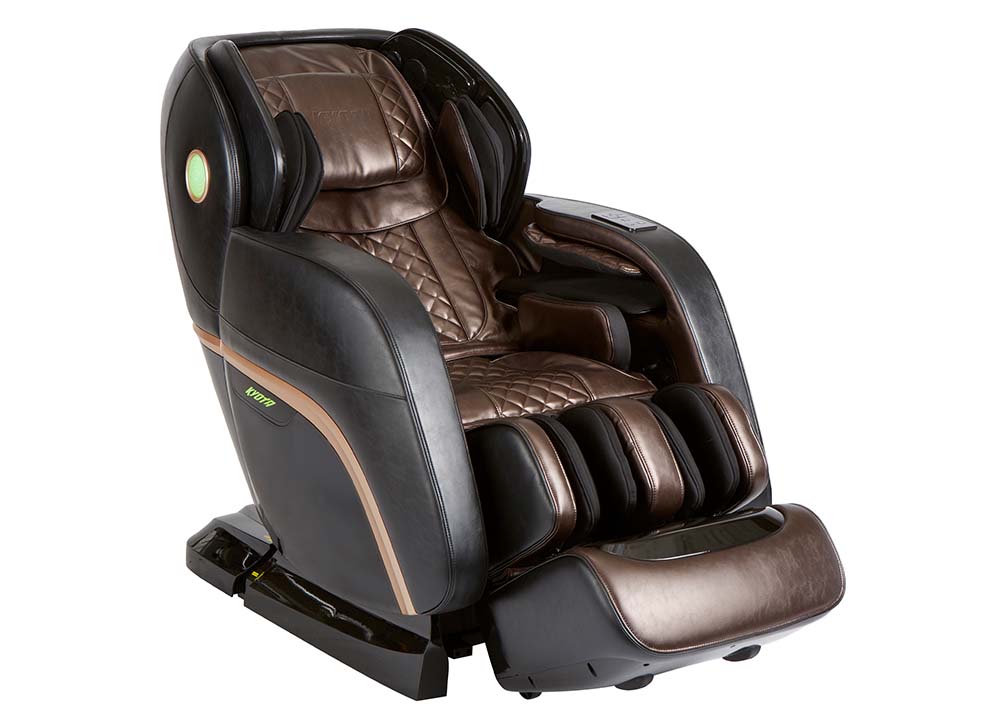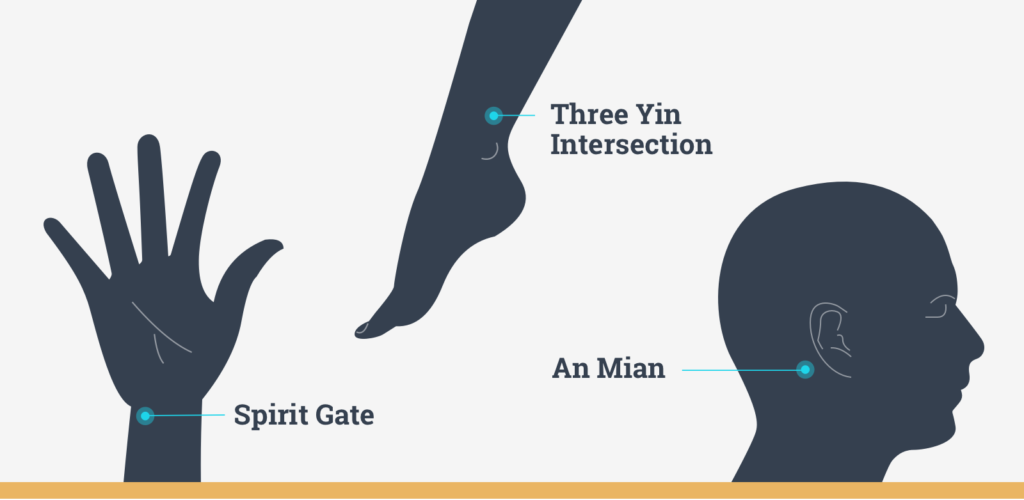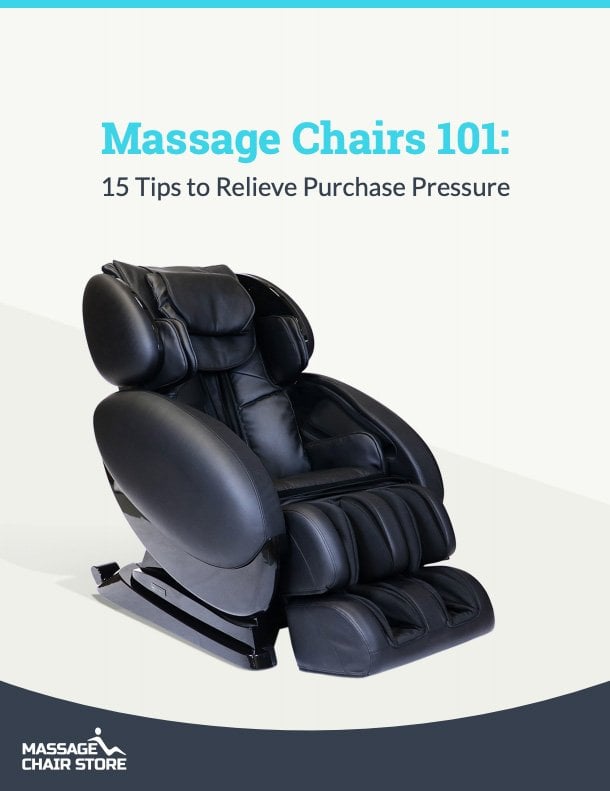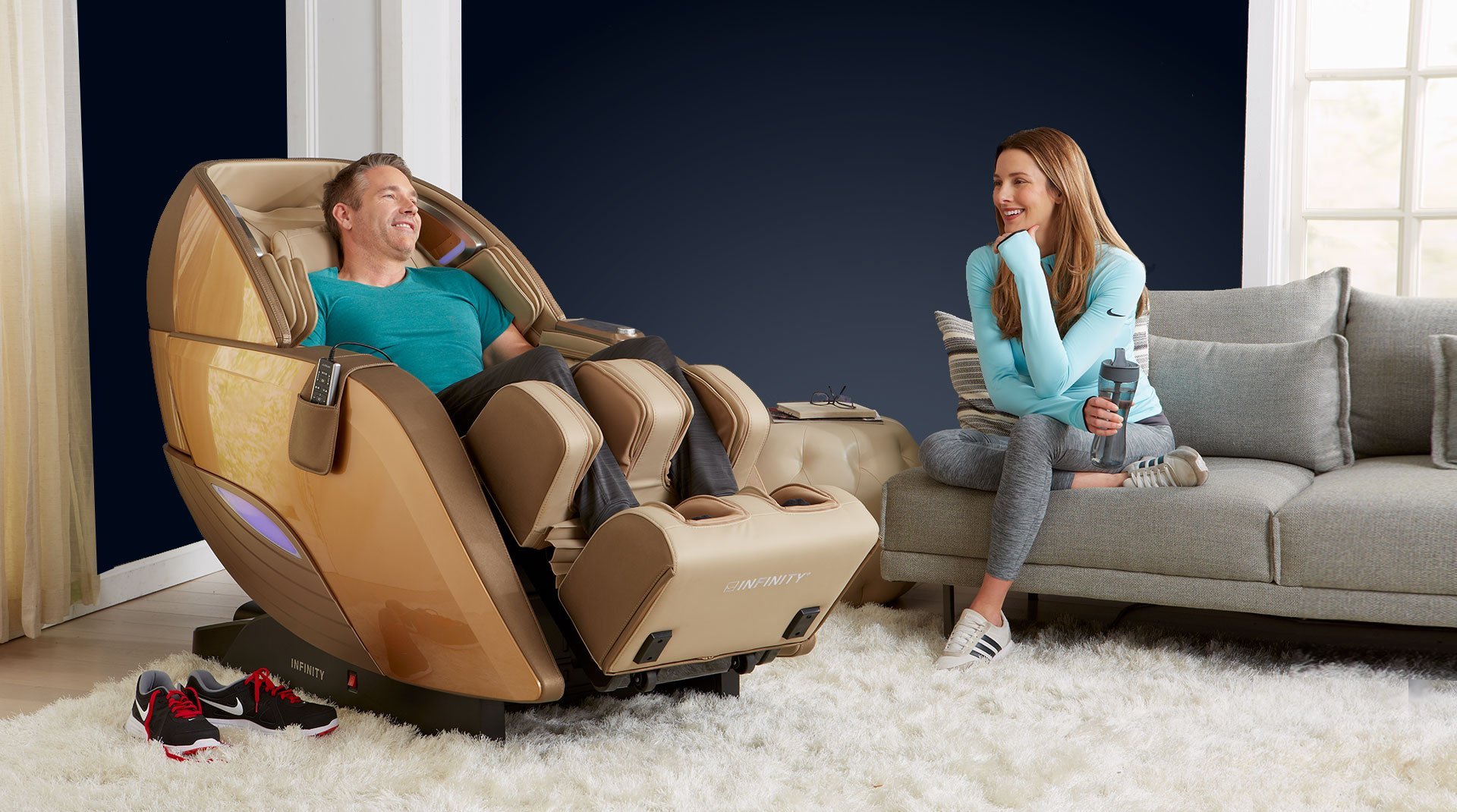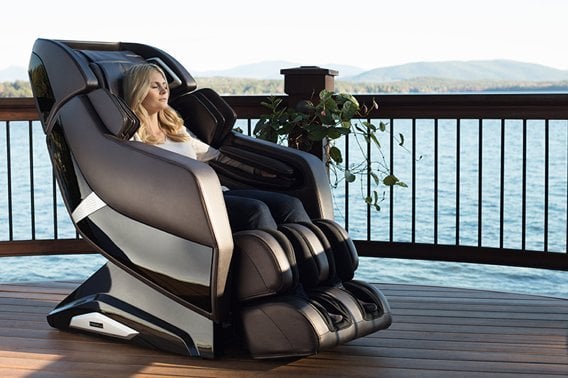A Guide to Massage for Sleep Problems & Insomnia
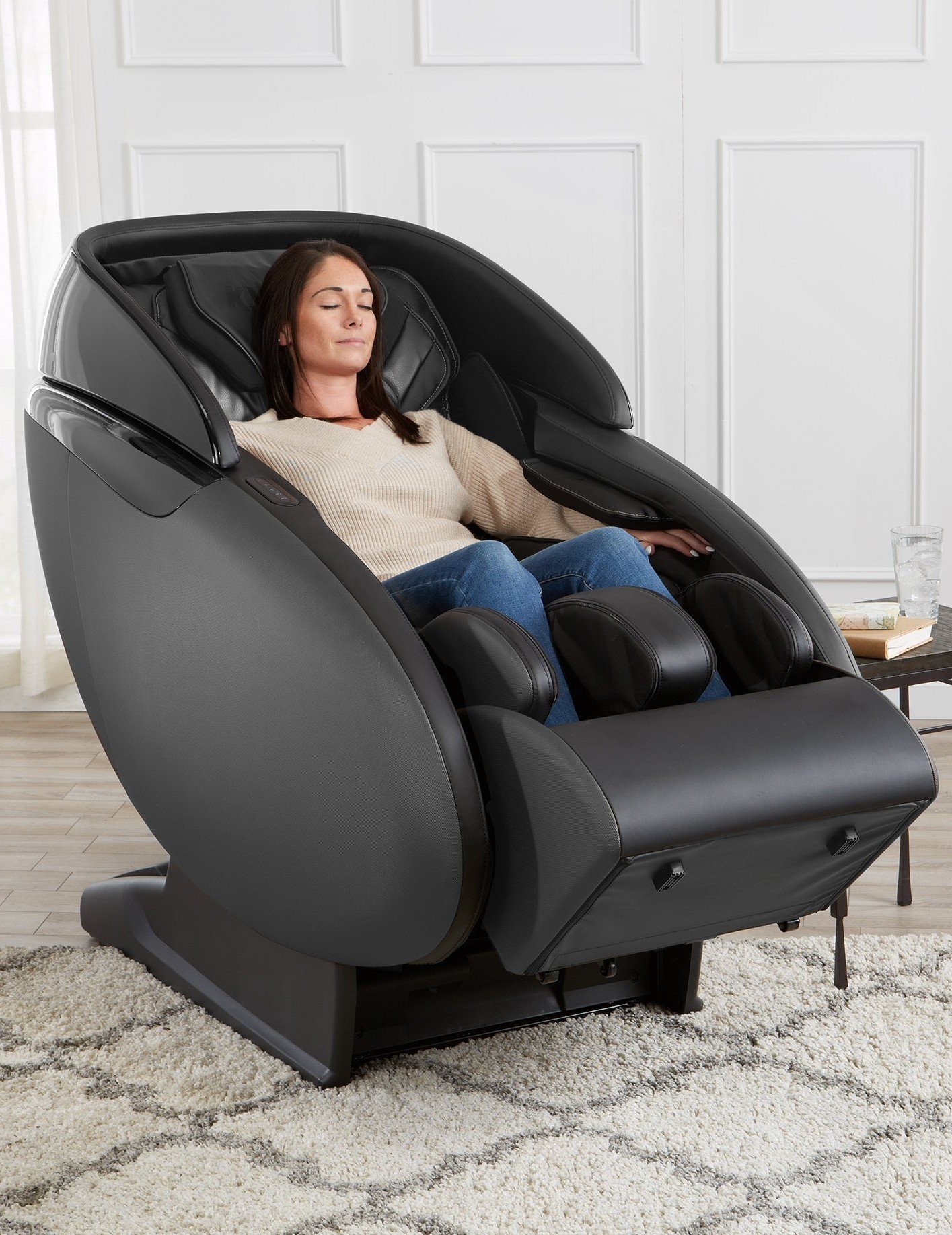
We all know that sleep is necessary for optimal health and wellness, but getting a good night’s sleep isn’t always easy. The Centers for Disease Control reports that about 70 million Americans suffer from chronic sleep problems. Sleep problems are no laughing matter, as the increased level of fatigue and exhaustion can result in serious health complications, including mental fatigue, slowed reaction time, obesity, long-term health risks and increased risk of substance abuse.
There are many different causes of sleep problems, ranging from physical conditions such as diabetes and arthritis pain to mental and emotional complications like depression and anxiety. While massage therapy cannot directly treat the causes of sleep problems, it is often used to address different health conditions related to insomnia and can also help improve sleep quality.
This guide explores how massage therapy can help alleviate symptoms related to insomnia and improve the quality of your sleep.
What are the Benefits Of Massage For Sleep?
It’s important to understand that fatigue is not the same as sleepiness or feeling tired. The feeling of being tired is your body’s signal telling you it needs sleep, and that feeling will disappear after a night’s sleep or long rest. Fatigue is a persistent feeling of exhaustion that continues even after a full night of sleep. Fatigue is often the result of long-term conditions such as chronic pain as well as feelings of stress and anxiety.
Massage therapy for sleep can be used to reduce fatigue and help to improve rest by providing positive physical and mental benefits, including:
- Reduction of pain. Pain can prevent sleep, so massage therapy can be used to reduce the intensity of chronic pain, whether it’s from cancer treatment, illness, or recovery from surgery or injury.
- Reduction of stress. Massage can help to decrease cortisol (a stress hormone) and increase levels of serotonin and dopamine, which promotes feelings of happiness and relaxation, improving the quality of sleep.
How Can Massage Help Insomnia?
Insomnia is a common sleep problem that makes it hard to fall asleep or stay asleep. Fatigue is a symptom of insomnia, which is a recognized disorder. People who suffer from insomnia usually complain of a hyperactive brain and disruptive sleep pattern, which can be the result of stress, poor lifestyle habits or certain medical conditions.
Cases of insomnia may be acute or chronic, and may not be the result of one specific cause or condition. Similar to how massage therapy reduces stress relating to fatigue, massage for sleep has been shown to provide relief to those experiencing disrupted sleep patterns due to:
- Menopause – Postmenopausal women reported improvements in sleep patterns and quality of life following massage therapy.
- Cancer – Massage therapy improved the quality of sleep for breast cancer patients undergoing treatment.
- Congestive heart failure – Back massage reduced stress and discomfort for congestive heart failure patients, improving the quality and duration of their sleep.
How Can Massage Help Sleep Apnea?
Sleep apnea is the collapse of the airway during sleep, causing loud snoring or abrupt awakening as the flow of oxygen is temporarily cut off. Sleep apnea can be caused by age, obesity and some health conditions including high blood pressure and type 2 diabetes.
Severe cases of sleep apnea can cause higher risk of hypertension and are associated with cardiovascular disease, stroke and diabetes. Massage therapy has been shown to improve quality of life and reduce snoring intensity for those with obstructive sleep apnea.
What Types Of Massage Can Provide Better Sleep?
There are several types of massage that use different forms of pressure application to relieve stress. Popular massage therapies for relieving stress and pain in order to improve sleep include:
- Swedish Massage – This technique aims to loosen the muscles and promote relaxation by kneading, rubbing and lightly tapping areas of high stress or tension.
- Manipulation – A very gentle style of massage administered by rubbing, stretching and moving ligaments, tendons and muscles in order to improve mobility and aid in relaxation.
- Deep Tissue Massage – An intense style of massage that aggressively works the muscles using hard pressure, with the goal of relieving tension that lies beneath the surface tissues and deep within the muscles.
- Trigger or Pressure Point Therapy – This is a focused massage technique that works on specific spots in the muscles or on the body to relieve tension and pressure. Shiatsu is a Japanese form of pressure point massage and is popular for aiding in relaxation.
Which Pressure Points are Best for Sleep?
Acupressure massage techniques are similar to acupuncture in that they interact with certain pressure points, or meridian points, on the body. This is thought to assist in the flow of vital energy, known as Qi, throughout the body.
Acupressure for sleep uses firm touch to help reduce stress and tension. The following sleep pressure points are recommended areas to focus on when applying pressure point therapy:
- Spirit gate – This point is also known as the HT7 or Shen Men pressure point, and is located on the crease of your inner wrist, below the fifth digit or “pinkie” finger. To stimulate this pressure point, face your palm upward and place the thumb of your opposite hand on your wrist directly underneath your pinkie. Press firmly with your thumb and apply pressure for several minutes.
- Three yin intersection – This point is also known as SP6 or San Yin Jiao, and is located just above the inner ankle. To stimulate this point, find the highest point of the ankle on the inside of your leg. Starting at the top of the ankle, measure four finger-widths up the leg. Apply deep pressure just behind the bone.
- An Mian – The An Mian points are located on either side of your neck between your earlobe and the hairline that comes up the back of your neck. To stimulate them, place a finger behind each earlobe, and move your fingers to just behind the bony protrusion. Apply light pressure in a circular motion.
What are the Best Ways To Receive Massage For Sleep?
Lack of sleep can make your day-to-day activities challenging. Fortunately, you do have several options for relief via massage therapy.
- See a massage therapist: This is great for receiving personalized service and expertise when you want to receive specific amounts of pressure or certain techniques. However, one single session won’t be enough to address insomnia or other chronic sleep problems, so you may want to consider other options to avoid the cost, travel or inconvenience of repeated individual sessions.
- Purchase a massage chair: Massage chairs can be used when needed every day and offer instant access to massage therapy. Modern massage chairs have a variety of automated programs that offer extensive personalization options to provide specific benefits, including variable pressure intensity, multiple heat levels and even a combination of massage techniques. A massage chair can easily deliver a full-body massage experience in the comfort of your own home, with no additional travel time or per-session fee.
- Try a targeted massager: Smaller than a full massage chair, targeted massagers are designed to work on one specific area of the body, usually the shoulders or feet. Like massage chairs, these devices can come with heat therapy to help induce muscle relaxation. These devices are more portable than massage chairs and can travel with you, provided there is an available source of electricity.
- Use a massage gun: These handheld devices are the most convenient out of any massage therapy option, and allow you to easily target any area of your body with the push of a button. These devices can be used anywhere at any time and are usually the most inexpensive option. Because massage guns are handheld, you may need some assistance to reach different areas of your neck, back and shoulders.
Alternative Methods for Help with Sleep Disorders
Outside of massage for sleep problems, there are a few important behaviors that you can practice to help overcome your insomnia. Public health organizations like the Center for Disease Control have tips for good sleep hygiene — which is essential for helping your body relax and prepare for sleep. Adopting these habits may require you to make some adjustments to your daily activities and in the hours leading up to bedtime, but with massage therapy they could make a significant difference in addressing your sleep disorder.
| During the Day: | In the Evening: |
|
|
Bring Sleep Massage Therapy Home
If you’re looking for the perfect massage solution to help you sleep better at night, the certified specialists at Massage Chair Store can take the stress out of your search. Our team is happy to talk to you about your needs through a free consultation and help you find the ideal product to aid in a good night’s sleep.
Massage for Sleep FAQs
Why does massage put you to sleep?
Massage for sleep problems is effective because it relaxes you both physically and mentally. Massage loosens tight muscles, which can reduce discomfort and pain, allowing you to get more comfortable in bed. Massage also reduces stress hormones and promotes the release of serotonin and dopamine, both of which help you feel more relaxed and at peace.
Why do foot massages put you to sleep?
Your feet can be particularly sensitive and are subject to a lot of strain and pressure throughout the day. Foot reflexology for insomnia and anxiety is a powerful treatment that’s been practiced for centuries. Engaging different pressure points around your feet can aid in reducing stress and tension, which can help you fall asleep.
Can you sleep in a massage chair?
Yes, though there are considerations. First, make sure that the chair is off. A massage therapy session should only last between 15-30 minutes; any longer may overwork your muscles and cause injury. Second, while most modern massage chairs are designed to serve as comfortable reclining chairs, they can’t replace the ergonomics of an actual bed. Most of us will enjoy a better night’s sleep in a bed than in any chair.
There are some medical conditions, such as recovery from surgery or severe sleep apnea, that may make a massage chair a better option for sleep than a bed. Consult with your physician if you’re having physical difficulty sleeping in your bed and are thinking of sleeping in a massage chair.
Should I shower after a massage?
You don’t have to shower after a massage, but you can if you choose to. A warm shower will help further relax your muscles and stimulate blood flow, while a colder shower will reduce inflammation and may aid in pain relief.
It is recommended that you wait about one hour after a massage before taking a hot shower. Hot showers have a more stimulating effect on your blood flow, which can leave you feeling dizzy and lightheaded after a massage.
Why do I feel sore after a massage?
Massage is meant to stimulate the muscles; especially strong techniques, like deep tissue massage, will cause microscopic tears within the muscle tissue. As lactic acid and waste products are released from the tissue, your muscle tissue will start to repair and strengthen itself. The soreness you feel is a reaction to the inflammation that occurs during that process.
Generally, soreness will be more pronounced in muscle groups that you haven’t exercised in a while, and it will fade after a few hours. To reduce soreness, consider:
- Switching to a lighter massage therapy, like Swedish massage or manipulation
- Applying a cold compress to the sore area or taking a cold shower to reduce inflammation
- Engaging in light exercise, stretching or yoga the day after to keep those muscles engaged
If a massage therapy is ever painful, or soreness lingers for days, be sure to consult with your physician.
Which essential oils can help me sleep better?
Common essential oil scents that aid in relaxation include lavender, marjoram, valerian, benzoin and chamomile roman. Use only a couple of drops in a diffuser before bed, as larger quantities can actually act as stimulants. Try to avoid placing essential oils directly on your skin as they can cause irritation. If you intend to apply essential oils directly to your skin, it’s recommended that you mix it with a carrier oil like jojoba or avocado.

